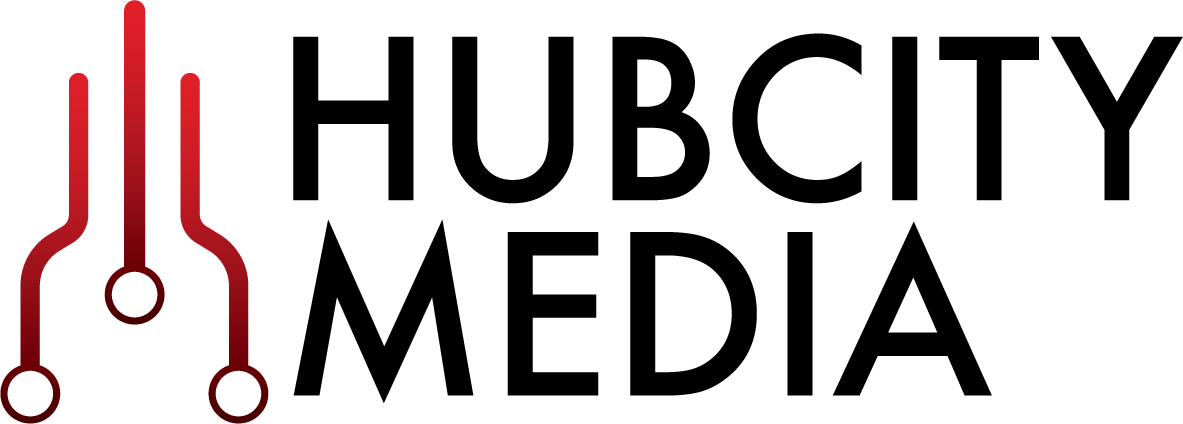What's behind SSL and how does it keep me secure?
You’ve probably heard of SSL before, but might not have actually known what it was. Well, if you’ve ever used the Internet (and we're assuming you're doing that right now), you’ve already benefited from SSL.
So what is it? It stands for “Secure Sockets Layer”, and it's a protocol that creates an encrypted connection between a client and a server, Google Chrome and Facebook for example. Ultimately, by protecting and encrypting connections, users benefit from greater security.
Am I Using SSL?
If you use Google Chrome, have you ever noticed that green padlock that shows up when you type in a URL? For example, if you head over to Google.com, you’ll immediate notice the green padlock followed by “https” in the address bar. Both of these signs indicate that the server is using SSL for connections and is therefore most likely a trustworthy site. As we will learn later, an SSL certificate does not a secure website make, but the Certificate Authority who vouches for that certificate.
When you log into your bank account, your login credentials are passed over the internet as an encrypted string. For example, if your password is “Password” (which it shouldn’t be), it will be encrypted with the bank’s public key; to anyone listening, your password may look like “%17(a0L” which is indecipherable to anyone except the bank server, only after decrypting it with a private key.
SSL Mechanisms
In order to establish SSL connections, there are a few players involved, with the most significant player being the Certificate Authority (or CA). The CA is a trusted third party entity that can vouch for the identity of a specific website by issuing and signing a “Certificate” which contains information about the website and server, but more importantly, public and private keys; these keys are involved in protecting the data passed to and from the server. The public key is usually available to anyone, while the private key is known only to the server. The former is responsible for only encrypting messages, while the latter is responsible for only decrypting those messages. This is also known as “asymmetric cryptography” because there are different keys for encrypting and decrypting.
Here is a well-known example: Alice wants to send an encrypted message to Robert. She obtains his public key, encrypts the message and then sends it out. Robert will receive the encrypted message and will decrypt it using his private key. Now the CA is important because they validate the server’s keys, thus establishing the server’s trustworthiness. Imagine the CA is your best friend: if your best friend introduced you to someone new at a networking party, you would trust that newcomer because you trust your best friend – that trust is what SSL is built on.
Web browsers (Chrome, Firefox, etc.) have a built-in list of trusted CAs called the “Trusted Root CA”. Only certificates signed by one of these trusted CA’s will be accepted. If the browser encounters a certificate that is not associated with a trusted CA (such as Comodo, Symantec, DigiCert), the browser will present a warning to users, if not completely blocking them from connecting. There are ways to circumvent this security measure, but it is highly discouraged, unless you have expert knowledge navigating the vast space of the Internet.
Now that you know the basic components of SSL, let’s talk about how SSL is established. The “SSL Handshake” is a series of interactions between the client / browser and the server:
DigiCert, one of the most well-known CA’s, has an informative diagram depicting the SSL Handshake.
Step 1. The browser connects to a SSL secured website (HTTPS://example.com)
Step 2. The server sends its certificate, which includes its public key
Step 3. The browser checks if the CA is a trusted CA in the Trusted Root CA store. If it is an accepted CA, the browser encrypts a symmetric session key* using the server’s public key, and then sends it to the server
Step 4. The server decrypts the browser’s key and sends a notification that is encrypted with the session key back to the client.
Step 5. Communication is now encrypted using the symmetric session key
Convinced Yet?
SSL allows sensitive data like credit card information, social security numbers, or passwords to be sent securely and confidently. Remember, the CA is like that best friend who you trust, so if your browser trusts a CA, the browser will be willing to shake hands with whoever the CA trusts. Next time you wander the Internet and worry about your security, take a peek at the URL, check for the padlock or HTTPS. Here’s a worthwhile motto to teach new Net surfers: “If you want to avoid a security mess, always go with HTTPS”.
*“Symmetric Cryptography” involves using one key to both decrypt and encrypt messages; this is essentially insecure if that key is made public, but it can be very secure if it is only known to the server and client.
Citations
[1] https://www.digicert.com/ssl.htm
[2] https://www.instantssl.com/ssl.html

